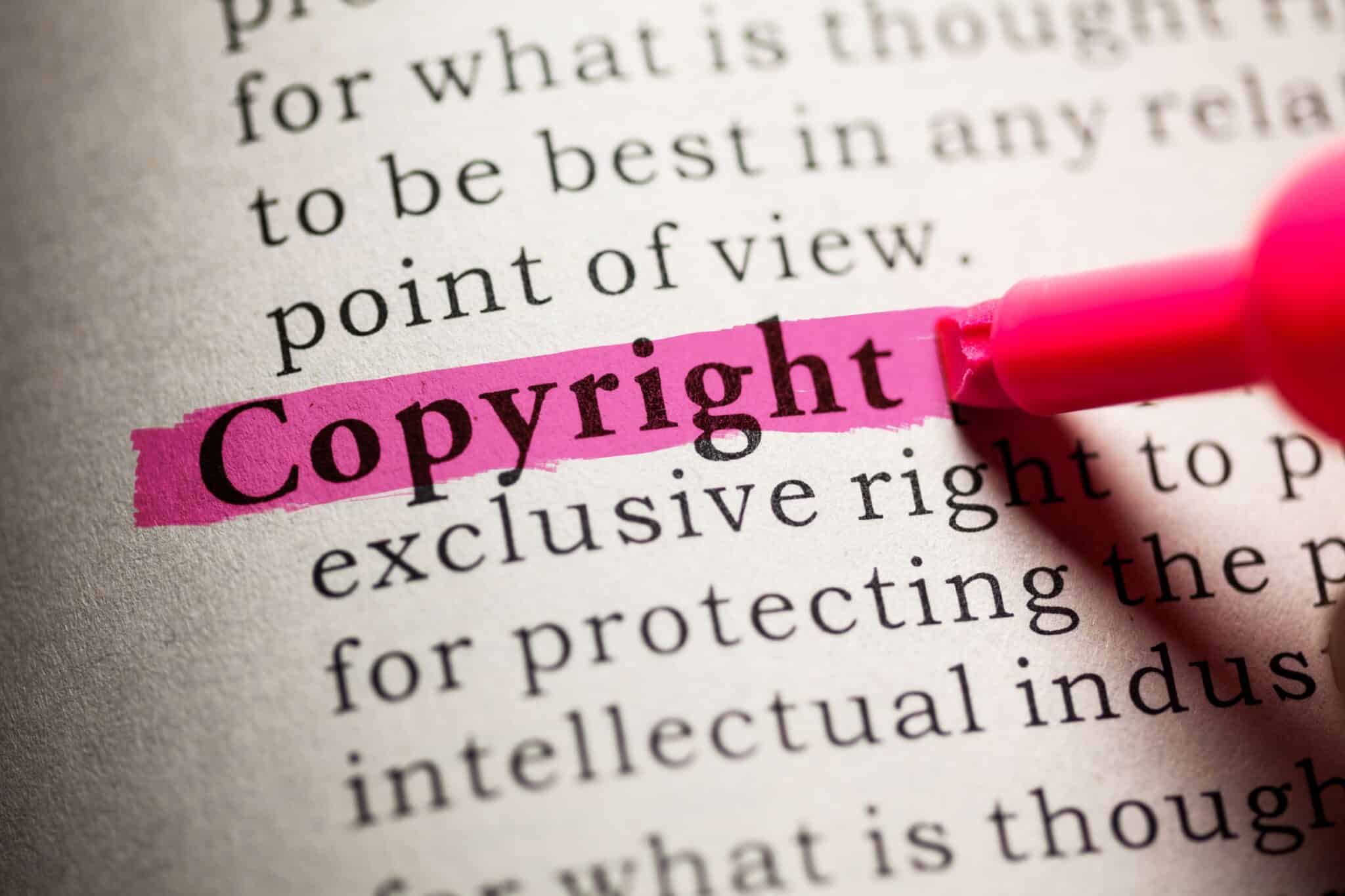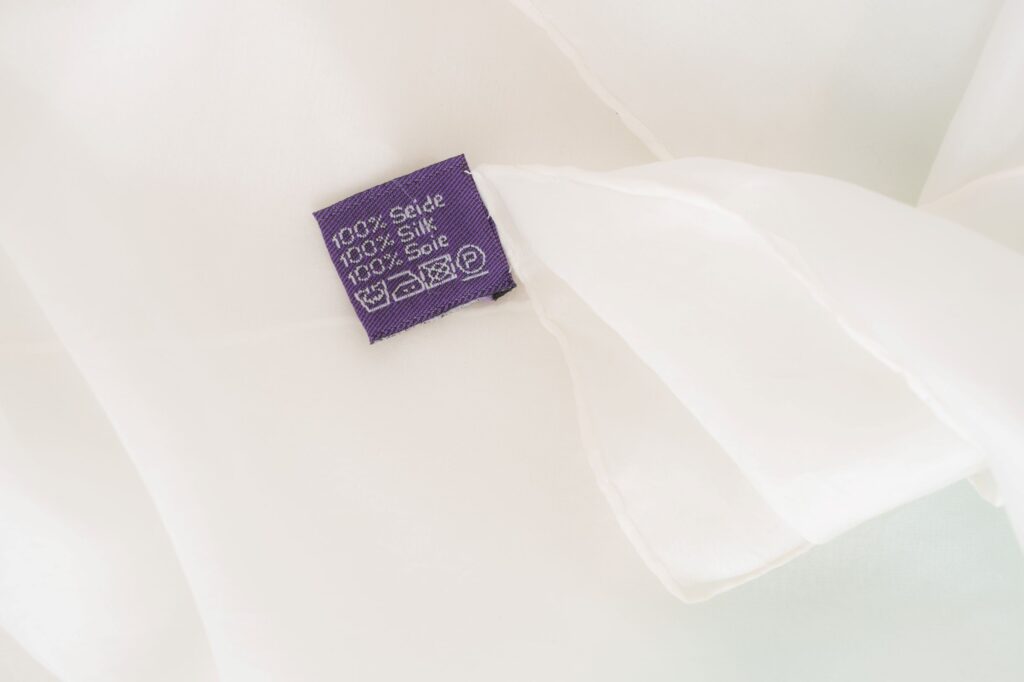Is Reproducing Short Linguistic Expressions such as Catchphrases and Headlines a Copyright Infringement?

When an individual writes a text or takes a photo, a ‘copyright’ is created. If someone else reproduces the text or photo without permission, it constitutes copyright infringement. However, to put it another way, when someone writes a text for the first time and a copyright is created for that text, it becomes the property of that person ‘alone’. It may not be a problem that the sentence “When you come out of the long tunnel at the border, it is a snowy country” becomes ‘Kawabata Yasunari’s property’, but for example, if the sentence “Today is sunny” is granted copyright, and other people cannot write “Today is sunny”, it is clearly inconvenient.
Legally, this is treated as a problem of the ‘scope of copyrighted works’ and ‘copyrightability’. Article 2, Paragraph 1, Item 1 of the Japanese Copyright Law defines copyrighted works as ‘those that creatively express thoughts or feelings and belong to the fields of literature, academia, art, or music’. Those that meet this definition are recognized as having ‘copyrightability’ and are considered ‘copyrighted works’, and the person who created such works is recognized as the ‘author’ (the same Item 2) who holds the copyright.
So, from where are short language expressions such as catchphrases and headlines recognized as ‘copyrighted works’?
Scope of Copyrighted Works
Firstly, while this is not a court case related to text, there is an interesting case related to “copyrighted works”.
There was a lawsuit over whether a bromide photograph of the actor Hiroyuki Sanada, who made his international debut in films such as “The Last Samurai”, was a copyrighted work. The court recognized the bromide photograph as a copyrighted work, and in its judgment, it stated:
“Although the photograph in question was produced with the intention of being sold as part of the defendant’s business, it is possible to discern the individuality and creativity of the photographer. It is different from a portrait photograph for a certificate, which is expressed by the mere mechanical action of a camera, and there is no obstacle to calling it a photographic work. And, the copyright of it should be attributed to the defendant, who is the user.”
Tokyo District Court, July 10, 1987 (1987)
It seems that even if it is not a “portrait photograph for a certificate”, the work can be recognized as a copyrighted work. Recently, there was a case where a woman took two selfies of her own legs, which were posted on an internet bulletin board without her permission. She requested the disclosure of the sender’s information based on copyright and moral rights of the author, and it was granted (Tokyo District Court, February 28, 2019 (2019)).
https://monolith.law/reputation/disclosure-of-the-senders-information[ja]
https://monolith.law/reputation/provider-liability-limitation-law[ja]
So, in the case of linguistic expressions, novels, plays, poems, tanka, haiku, critiques, academic papers, etc. have naturally been recognized as copyrighted works. But what about various other linguistic expressions, especially short ones? To what extent is the scope of copyrighted works in linguistic expressions? To avoid inadvertently infringing on copyright, and to be able to respond promptly if your copyright is infringed upon, it is important to understand the scope of copyrighted works in linguistic expressions.
Case of Silk Fabric Description

The plaintiff, who faithfully reproduced and sold high-quality pre-dyed silk fabrics based on ancient textiles passed down in the Shosoin and famous textiles passed down in the Maeda family, filed a request for injunction based on the Japanese Unfair Competition Prevention Act, claiming that the defendant produced and sold products that closely resembled the plaintiff’s products, causing confusion with the plaintiff’s products.
This claim was accepted, and the defendant was ordered to stop selling and pay damages. However, the plaintiff had attached a description listed in the instruction manual for the fourth product. The defendant had attached a manual with a printed description when selling similar products to the fourth product, but the plaintiff also sued for copyright infringement, claiming that this description was very similar to theirs.
In response, the court stated,
There is no dispute between the parties that the plaintiff’s art textile uses the plaintiff’s description to explain the plaintiff’s fourth product. However, the plaintiff’s description merely objectively explains the patterns and designs of the product, and cannot be recognized as creatively expressing the thoughts and intentions of the plaintiff’s art textile regarding the product (in other words, the plaintiff’s description cannot be said to have original creativity other than as a textile product), and it is difficult to say that it is a work that receives the protection of the Copyright Act, so the plaintiff’s art textile’s claim based on copyright infringement is inappropriate.
Kyoto District Court, February 18, 1993 (Heisei 5)
Therefore, the court did not recognize the copyrightability of the description and did not accept the copyright infringement.
The plaintiff’s description of the silk fabric merely objectively explains the product, and cannot be recognized as creatively expressing thoughts and intentions about the product, so it cannot be said to have original creativity. The Copyright Act defines a work as “something that creatively expresses thoughts or feelings and belongs to the field of literature, academia, art, or music” (Article 2, Paragraph 1, Item 1 of the Copyright Act).
According to this provision, in order for a work to be recognized, it must satisfy four requirements: ① thoughts or feelings, ② creativity, ③ expression, and ④ belonging to the field of literature, academia, art, or music. The court ruled that the plaintiff’s description of the silk fabric does not meet these requirements.
Case of Model Airplane Assembly Instructions

A company that manufactures and sells model airplanes and the like has sought to halt the sale of a defendant company’s products, which are identical or similar to their own product form and could be confused with the plaintiff’s products.
https://monolith.law/corporate/penalty-for-trademark-infringement[ja]
The court, assuming that the product form has a source indication function, recognized a request for injunction against the sale of similar products based on the Unfair Competition Prevention Act (Japanese Unfair Competition Prevention Act) and the disposal of inventory products. The court also recognized compensation for property damage and damage caused by defamation due to the defendant company selling inferior products. However, in this lawsuit, the plaintiff company also sued for copyright infringement, claiming that the instructions included in the airplane assembly parts were duplicated by the defendant company.
Regarding this, the court stated,
“As a plaintiff, it is recognized that they planned to create detailed and easy-to-understand instructions, devised various things such as the method of taking pictures to be posted, the number of sheets to be posted, simplification and clarification of the text of the explanation, and appropriate comments on related matters such as rudder angle adjustment and flight methods. They took time to create the right instructions. The plaintiff’s instructions have originality in the form or method of expression, and all of them are creative expressions of the author’s thoughts and belong to the academic field. They can be recognized as works under Article 2, Paragraph 1, Item 10 of the Copyright Act (Japanese Copyright Act), and the plaintiff is the author and at the same time the copyright holder.”
Osaka District Court, July 23, 1992 (Heisei 4)
Recognizing the work, and assuming this,
“The reproduction of a work is to physically reproduce the original work by printing or other methods, but even if there are some modifications or reductions, it is considered to be a reproduction of the same thing as long as it does not change the identity of the original work. The defendant’s instructions are merely additions of some modifications and reductions to the plaintiff’s instructions that were created first, and it is recognized that they have not lost the identity of the work, so it is clear that the former is a reproduction of the latter.”
Same as above
The court recognized copyright infringement, stating that the defendant’s instructions are a reproduction of the plaintiff’s instructions. Even if it is an assembly instruction for a product, if it “has originality in the form or method of expression” and “is a creative expression of the author’s thoughts”, it is judged to be a work.
https://monolith.law/reputation/copyright-infringement-on-instagram[ja]
Case of Product Catchphrases

There have been disputes over whether catchphrases used for products qualify as copyrighted works.
In an appeal following a first-instance ruling in favor of the defendant, the appellant argued that the catchphrases used for their product, “Speed Learning,” constituted copyright infringement or unfair competition. They sought an injunction against the appellee for the reproduction, public transmission, and distribution of the catchphrases.
The appellant acknowledged that, in general, many simple and short phrases like catchphrases are not protected as copyrighted works. However, they argued that the presence or absence of creativity lies in whether it is a creative expression of thoughts and feelings, not in its length. As clearly shown by the example of haiku (which consists of 17 syllables), it is not possible to uniformly deny creativity in a category called catchphrases just because they are short expressions. The presence or absence of creativity should be judged on a case-by-case basis for each expression in question. In particular, the appellee’s catchphrase 3 is a dead copy of the appellant’s catchphrase 2, making this a compelling argument.
In response, the court stated that the primary premise of catchphrases in advertising is to accurately promote products or services. Due to constraints such as space on paper or screens, concise expressions are required, which inevitably involve a word limit. In such cases, the court stated:
“Compared to situations without such premises and restrictions, generally, the amount of parts that can be evaluated as expressions of individuality decreases, and the range of expression inevitably becomes smaller. Furthermore, if the specific word limit is around 20 words, as in the case of the appellant’s catchphrase 2, the range of expression becomes quite small. Given that there is no need to protect ideas or facts, creativity should not always be affirmed just because there are other options for expression left. In other words, even if the existence of individuality is questioned in judging the copyrightability of advertising catchphrases, if there are not many other options for expression and there is little room for individuality to appear, creativity may be denied.” – Intellectual Property High Court, November 10, 2015 (Gregorian calendar year) ruling
Thus, the court did not recognize the catchphrases as copyrighted works.
In the ruling, it was stated:
“Even for the use of the phrase combination ‘suddenly one day’ to give the impression of dramatic learning effects, and the use of the phrase ‘jumped out’ to give a dynamic impression, it is essential to use certain adverbs and verbs to express the above idea, so there are not many other options for expression.” – Ibid
However, the appellant’s catchphrase 2 and the corresponding appellee’s catchphrase 3 were:
- Appellant’s Catchphrase 2: Suddenly one day, English jumped out of my mouth!
- Appellee’s Catchphrase 2: Suddenly one day, English jumped out of my mouth!
Given this, the “Speed Learning” side must have been dissatisfied. Also, the appellant’s catchphrase 1 and the corresponding appellee’s catchphrase 1 were:
- Appellant’s Catchphrase 1: Just listen to English like listening to music
- Appellee’s Catchphrase 1: Just let English flow and listen like music
That was the case.
Case of News Article Headlines

There has been a case disputing whether news article headlines constitute copyrighted works.
The Yomiuri Shimbun Company posts news articles and their headlines (hereinafter referred to as “YOL headlines”) on its website “Yomiuri On-Line”. They have a contract with Yahoo! that allows Yahoo! to use the main news from “Yomiuri On-Line” for a fee. As a result, the same headlines as the YOL headlines were displayed on “Yahoo! News”.
The defendant used the same phrases as the headlines of the news articles on “Yahoo! Japan” for many of the link buttons on their website called “Line Topics”.
The plaintiff argued that the defendant’s display of the “defendant’s link headlines” on their website constituted an infringement of the plaintiff’s reproduction rights of their copyrighted works. Furthermore, the defendant’s transmission of the “defendant’s link headlines” to users was claimed to be an infringement of the public transmission rights of the copyrighted works. The plaintiff sought an injunction against these actions and damages in the Tokyo District Court, but the claim was dismissed, so they appealed. In the appeal, the court stated:
“In general, the range of expression choices for news article headlines is not wide due to constraints derived from their nature to accurately convey the content of reported events etc. in a concise manner, and the limited number of personalitys that can be used. It is hard to deny that there is relatively little room for creativity, and it is not always easy to affirm that they are copyrighted works. However, it should not be immediately concluded that all news article headlines fall under Article 10, Paragraph 2 of the Copyright Law and are not copyrighted works. Depending on their expression, there is room to affirm creativity. Ultimately, it should be judged whether each headline is a creative expression by examining the expression of each article headline individually.”
Intellectual Property High Court, October 6, 2005 (2005)
The court examined the 365 headlines in question and did not recognize them as copyrighted works, as none of them could be said to have the creativity necessary for protection as copyrighted works. Article 10, Paragraph 2 of the Copyright Law states, “News reports and current affairs reports that are merely the transmission of facts do not fall under the copyrighted works listed in the preceding paragraph.”
However, the court also stated, “In order for a tort (Article 709 of the Civil Code) to be established, it is not limited to cases where rights defined in a strict legal sense, such as copyright, have been infringed. If an interest worthy of legal protection has been illegally infringed, a tort should be recognized.”
“The YOL headlines in this case can be said to be the result of a series of activities as a news agency, which required a great deal of effort and expense on the part of the appellant. Although they cannot be recognized as being under the protection of the Copyright Law, they were created with considerable effort and ingenuity. They are concise expressions that allow for a general understanding of the outline of the news events being reported. There is a reality that the YOL headlines are treated as having independent value, such as being the subject of paid transactions, even if only the headlines. Considering these factors, the YOL headlines should be considered as interests worthy of legal protection.”
Same as above
The court recognized the establishment of a tort and acknowledged the defendant’s liability for damages.
This is a problem of how to evaluate the unauthorized use by a third party of information that has economic value, has been created with a great deal of effort and expense, and is the subject of paid transactions, even if it is not recognized as a copyrighted work. On this point, this case recognized the establishment of a tort, but it can be said to be an important precedent for considering the issue of legal protection for information that is recognized to have economic value, even if it is not recognized as a copyrighted work.
Summary
If there is originality in the form or method of expression, and it creatively expresses the author’s thoughts, it can be considered a work under the Japanese Copyright Law. If the above conditions are met, even assembly instructions for model airplanes can be recognized as having copyright. However, it is not always easy to affirm the copyright of short language expressions. Even if the copyright is not recognized, legal protection may be given to information that has economic value. Whether it can be said to be a work, and if not, whether some rights can be claimed, can be very difficult and may require specialized knowledge. You may be infringing on someone else’s copyright without intending to, or your rights may be infringed upon. If you have any doubts, consult with a lawyer who has extensive experience.
Category: Internet





















